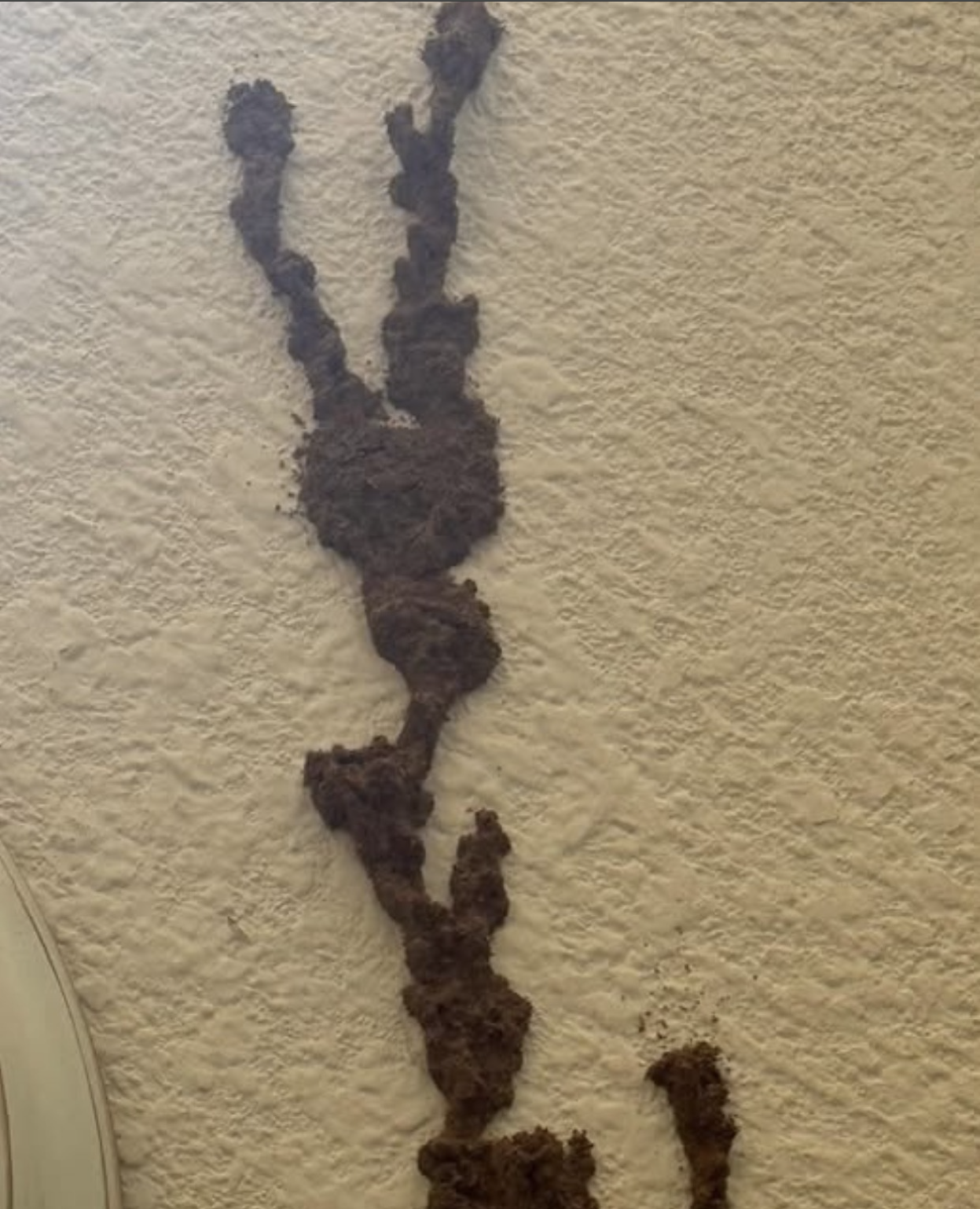5. Choose the Right Cleaning Method
Depending on what you’re dealing with:
- For Mold or Spores :
- Mix a solution of water and white vinegar (1:1 ratio) or use a commercial mold cleaner.
- Apply the solution to the affected area using a spray bottle or cloth, then gently scrub with a soft brush.
- Avoid using bleach on porous surfaces, as it may not penetrate deep enough to kill mold roots.
- For Insect Residue :
- Use soapy water (dish soap mixed with warm water) and a sponge or microfiber cloth to wipe away residue.
- Rinse the area with clean water and dry thoroughly.
- For General Dirt or Grime :
- A mild all-purpose cleaner or baking soda paste works well for most walls.
6. Avoid Disturbing Potential Pests
- If you see signs of live insects or nests, don’t disturb them directly. Instead, consult a pest control professional to handle the issue safely.
- For spiders or webs, use a vacuum cleaner with a hose attachment to remove them without causing them to scatter.
7. Dispose of Materials Properly
- After cleaning, dispose of any rags, sponges, or vacuum bags in sealed plastic bags to prevent contamination elsewhere in your home.
8. Monitor the Area
- Keep an eye on the cleaned area over the next few days or weeks. If mold reappears or you notice more bug activity, address the root cause (e.g., moisture issues, cracks, or entry points).
By taking these precautions, you can clean the wall confidently while minimizing the risk of unpleasant surprises. And remember—better safe than sorry! If you’re unsure about what you’re dealing with, don’t hesitate to call in a professional for assistance.
